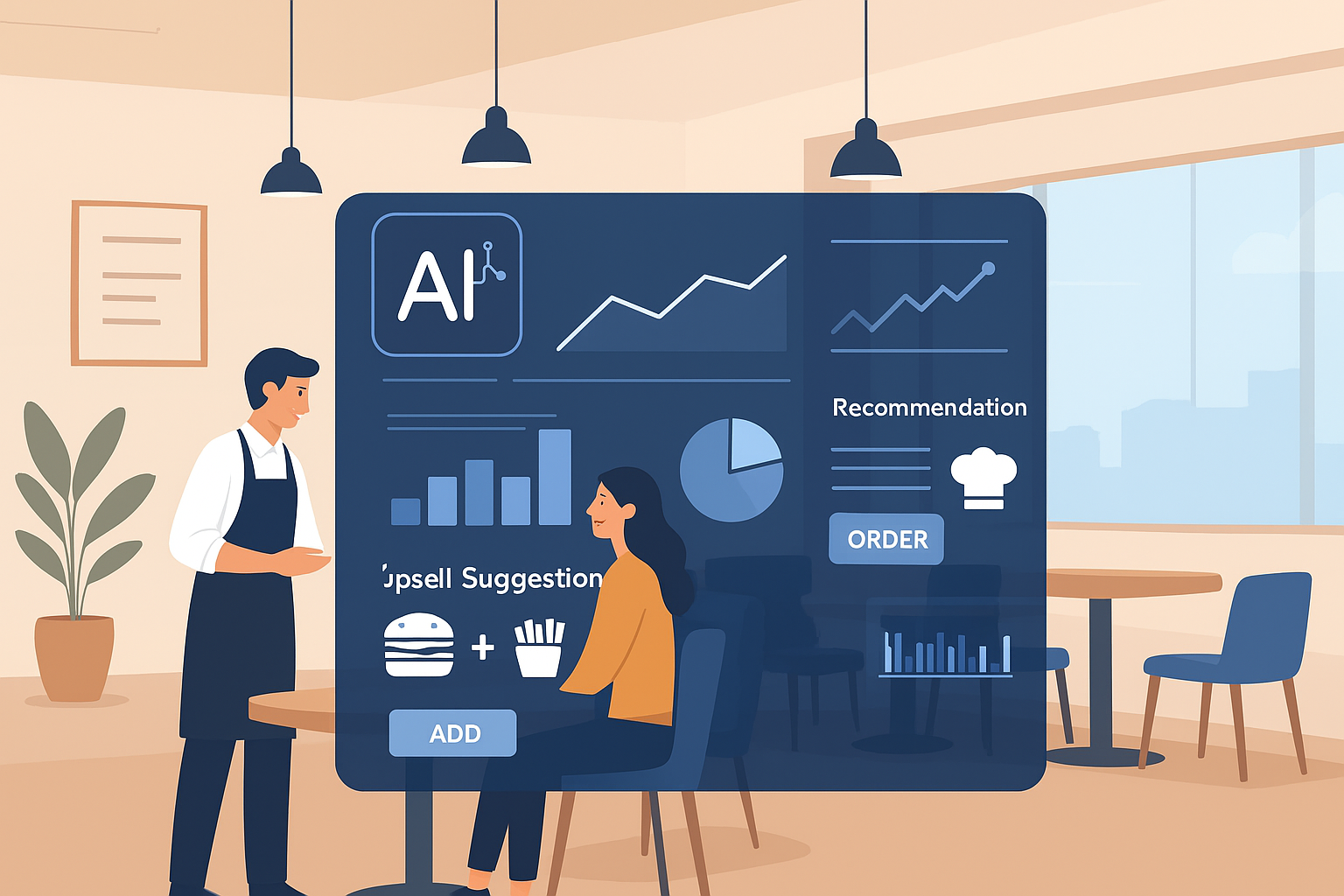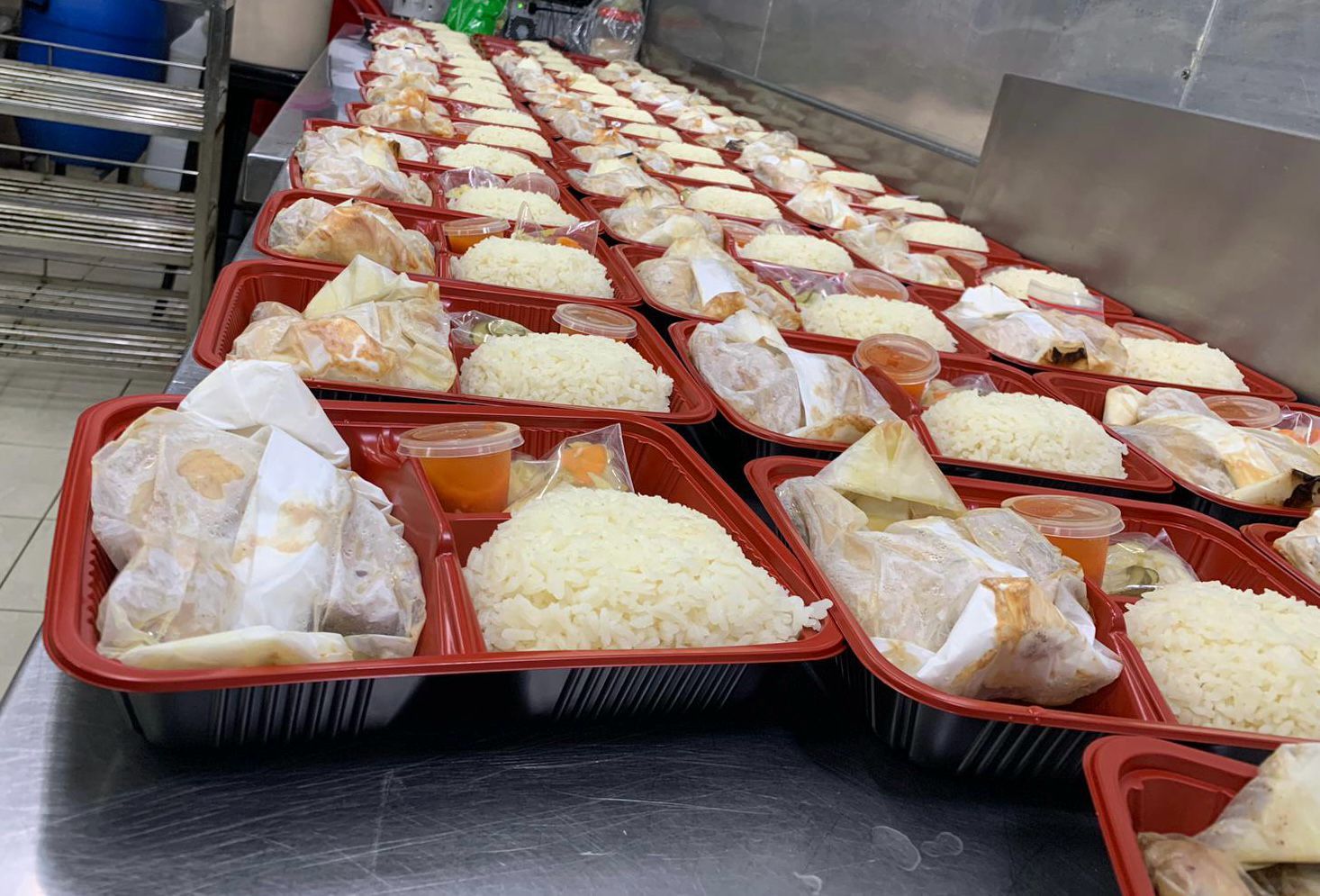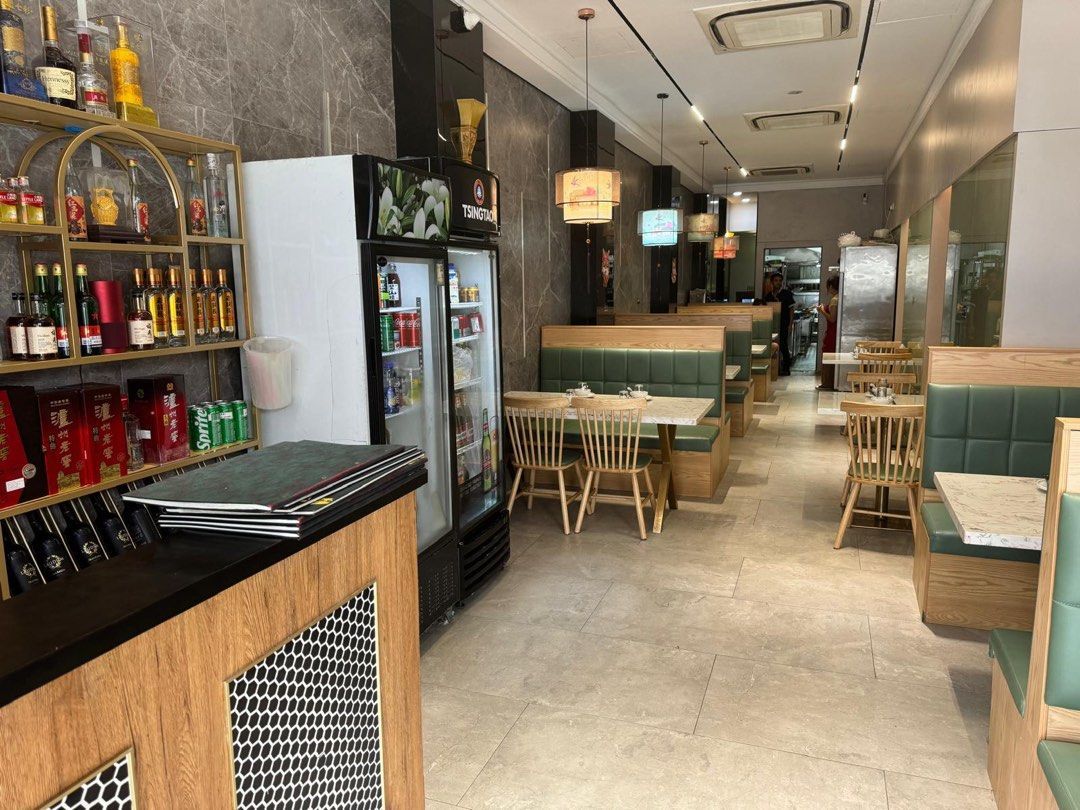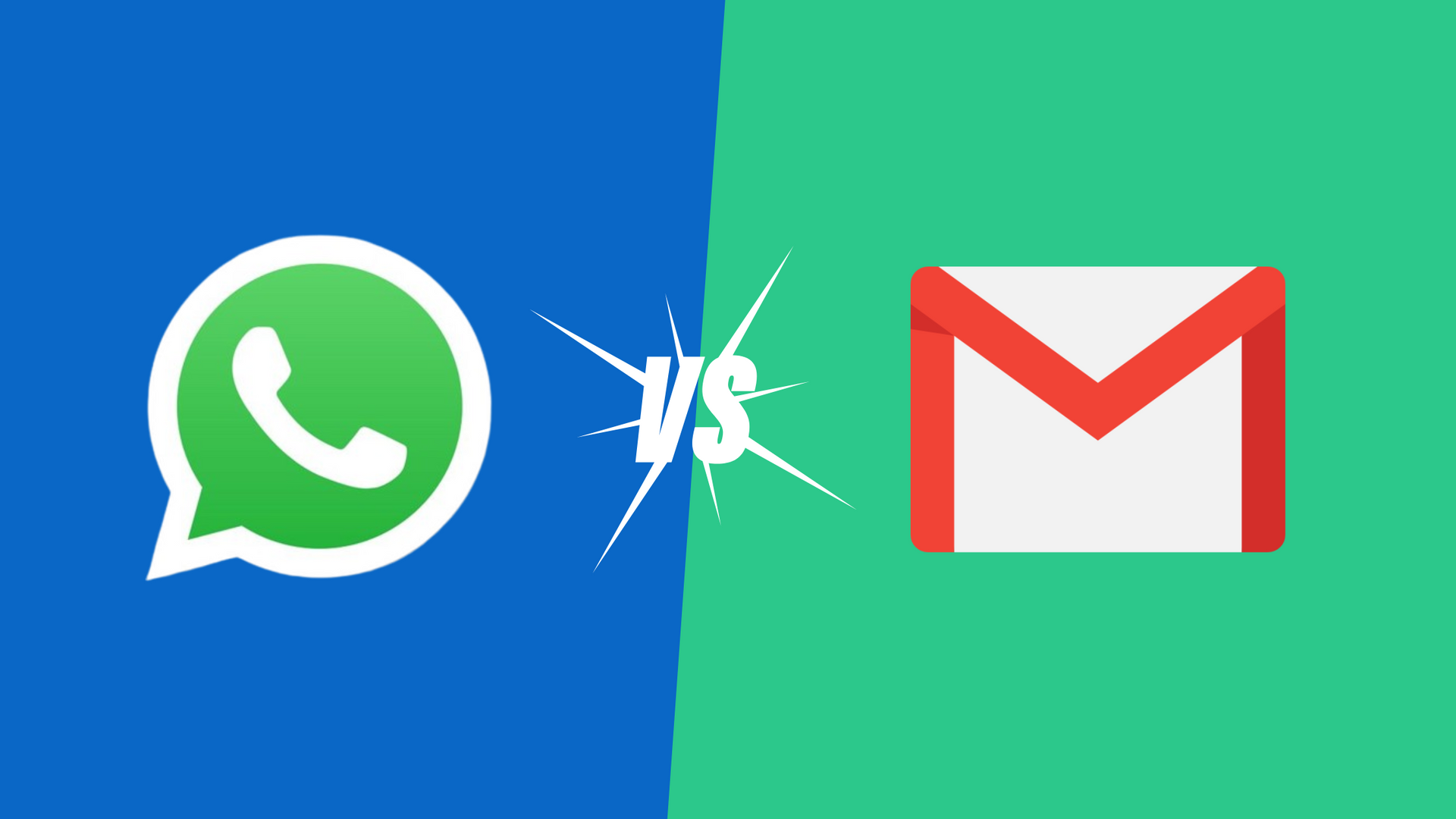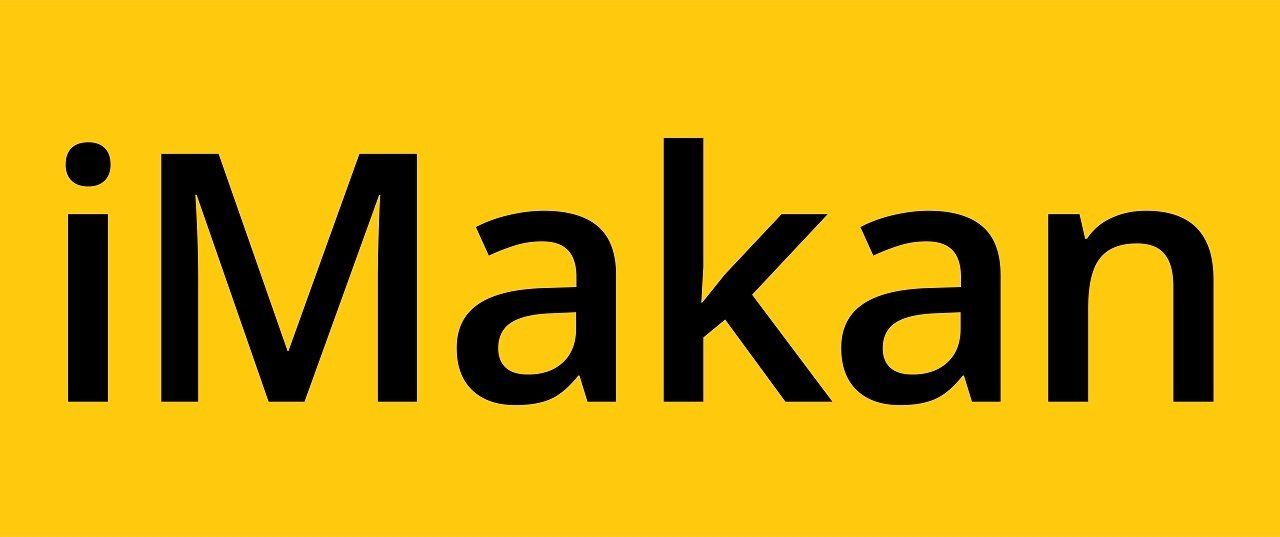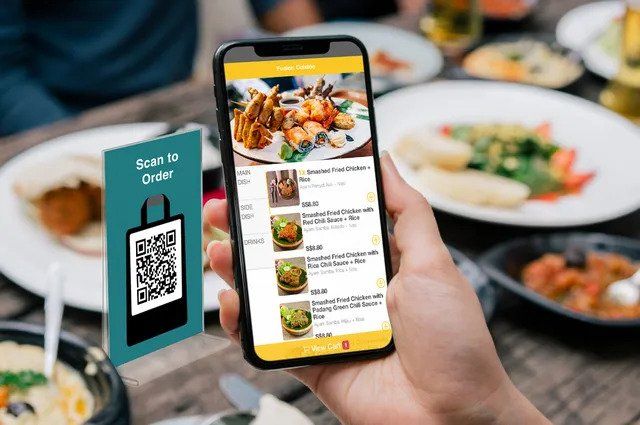In today's fast-paced digital world, providing a seamless and convenient online ordering experience for your restaurant customers is essential. As more diners prefer ordering food online or through QR codes, the need for an optimized system that meets their expectations is paramount. By creating a user-friendly, efficient online ordering experience, restaurants can significantly boost sales, enhance customer satisfaction, and stay competitive in the F&B industry. Here’s a guide to help you set up and optimize an online ordering system that caters to your customers' needs.
1. Choose the Right Online Ordering System
The foundation of a great online ordering experience starts with choosing the right system. Look for a platform that integrates seamlessly with your existing POS system and allows you to manage orders in real-time. Ideally, your online ordering solution should:
- Be easy to navigate and mobile-friendly.
- Allow customers to customize their orders.
- Enable QR ordering and self-ordering options.
- Integrate with third-party delivery apps.
Having an efficient, intuitive online ordering platform ensures that customers can place orders quickly and accurately, which leads to higher sales and repeat business.
2. Optimize the User Interface (UI) and User Experience (UX)
An optimized UI/UX design is crucial for a successful online ordering system. Customers should be able to find what they want easily without navigating through cluttered pages. Key optimization tips include:
- Simplified Menu Structure: Organize your menu categories in a clear and logical manner. Use high-quality images and detailed descriptions for each item.
- Easy Navigation: Ensure that customers can navigate between different sections of your menu effortlessly, whether they’re ordering via your website, app, or using a QR code at your restaurant.
- Mobile-First Design: As many customers will order from their smartphones, it's essential to have a mobile-optimized design. Make sure that the interface is responsive, and loading times are fast.
A streamlined, visually appealing interface keeps customers engaged and more likely to complete their orders.
3. Enable QR Ordering for Convenience
QR ordering has become increasingly popular in the F&B industry, especially post-pandemic. This self-ordering method allows customers to scan a QR code at their table or even outside your restaurant, browse the menu, and place their order without waiting for a server. The advantages of QR ordering include:
- Reduced wait times: Customers can order as soon as they sit down or even before they arrive.
- Increased order accuracy: Since customers input their orders directly, there’s less room for communication errors.
- Efficient operations: Your staff can focus on preparing and serving orders rather than taking them, especially during peak hours.
Implementing a QR ordering system not only improves the customer experience but also helps streamline your restaurant's operations.
4. Offer Multiple Payment Options
The payment process is a critical part of the online ordering experience. To make it as smooth as possible, provide customers with various payment methods, including credit/debit cards, mobile wallets, and even cash on delivery. Integrated payment options with your POS system make the checkout process easier for customers and help avoid delays or confusion.
Additionally, providing secure payment gateways builds trust with customers, encouraging them to place more orders in the future.
5. Incorporate Personalization and Customization
Customers love the ability to personalize their orders, and your online ordering system should accommodate that. Allow diners to customize their meals by selecting different toppings, ingredients, or portion sizes. You can also leverage customer data from your POS system to suggest personalized menu recommendations based on previous orders. Personalization enhances the customer experience and increases the likelihood of repeat business.
6. Implement Loyalty Programs and Promotions
Incentivizing your online customers with loyalty programs and exclusive promotions is a great way to encourage repeat orders. When integrated with your restaurant’s POS system, you can:
- Offer points for every online order.
- Provide discounts or rewards for frequent customers.
- Promote special deals that are only available through online or self-ordering channels.
By using data from your POS and CRM, you can send personalized offers or exclusive promotions to customers based on their ordering behavior, further boosting online sales.
7. Streamline the Ordering Process for Speed and Efficiency
Customers value speed and efficiency when placing orders online. Optimize your system by:
- Minimizing the steps needed to place an order: Limit the number of clicks needed to complete an order.
- Automated Order Notifications: Ensure customers receive real-time updates about their order status, from confirmation to delivery or pickup times.
- Estimated Wait Times: Display accurate wait times so customers know how long it will take to receive their food.
A fast, hassle-free ordering experience increases customer satisfaction and reduces the chance of cart abandonment.
8. Enhance Customer Support and Feedback
Even with a smooth online ordering system, customers may still have questions or encounter issues. Providing excellent customer support options such as live chat, FAQ sections, or a helpline ensures that any problems can be resolved quickly. Additionally, encourage customer feedback on the online ordering process. This feedback can provide valuable insights into areas for improvement, helping you refine the system and better meet customer needs.
9. Integrate Online Orders with Your POS System
A well-integrated POS system is essential for managing online orders effectively. By linking your online ordering platform to your POS system, you can centralize all orders, track inventory in real-time, and monitor sales data seamlessly. This integration ensures that orders are processed quickly and accurately, improving the overall efficiency of your operations.
Additionally, syncing online orders with your POS system enables better customer data collection, allowing you to tailor your marketing strategies, loyalty programs, and menu offerings to enhance the customer experience.
10. Offer Delivery and Pickup Options
Whether you're offering delivery, in-house pickup, or a combination of both, make sure to provide clear instructions and options for customers. Include estimated delivery times and a reliable tracking system for added convenience. If you're offering contactless delivery or pickup, ensure that this is clearly communicated on your online ordering platform.
Conclusion
Creating an exceptional online ordering experience is essential for staying competitive in the F&B industry. By optimizing your online ordering system with features like, personalized promotions, and seamless POS integration, you can meet customer expectations, boost sales, and improve overall restaurant efficiency. The combination of convenience, speed, and personalization will keep customers coming back to your restaurant time and time again.
If you are looking for QR ordering, online ordering, self ordering kiosks for your restaurant, click here to contact us and find out more!
